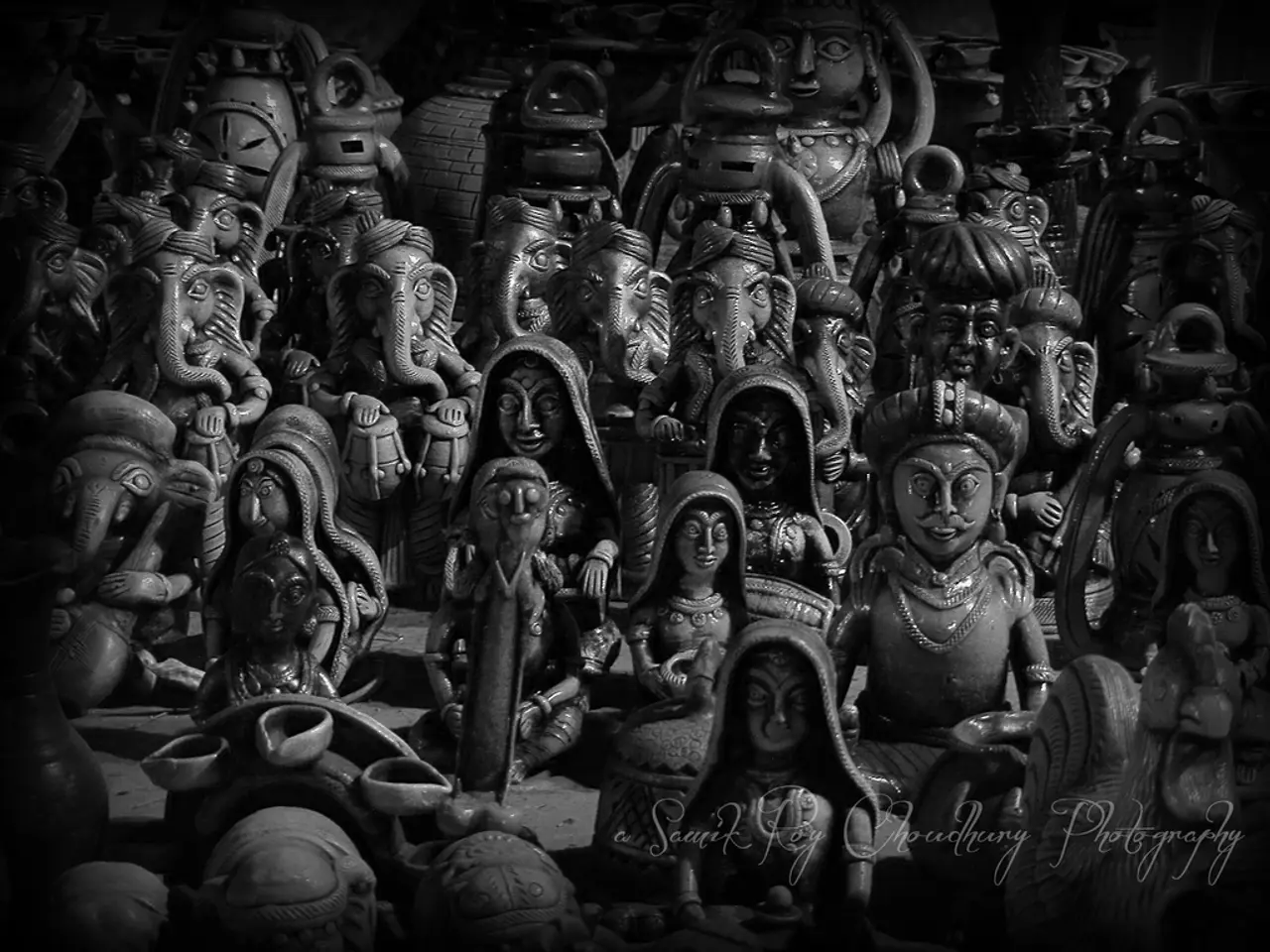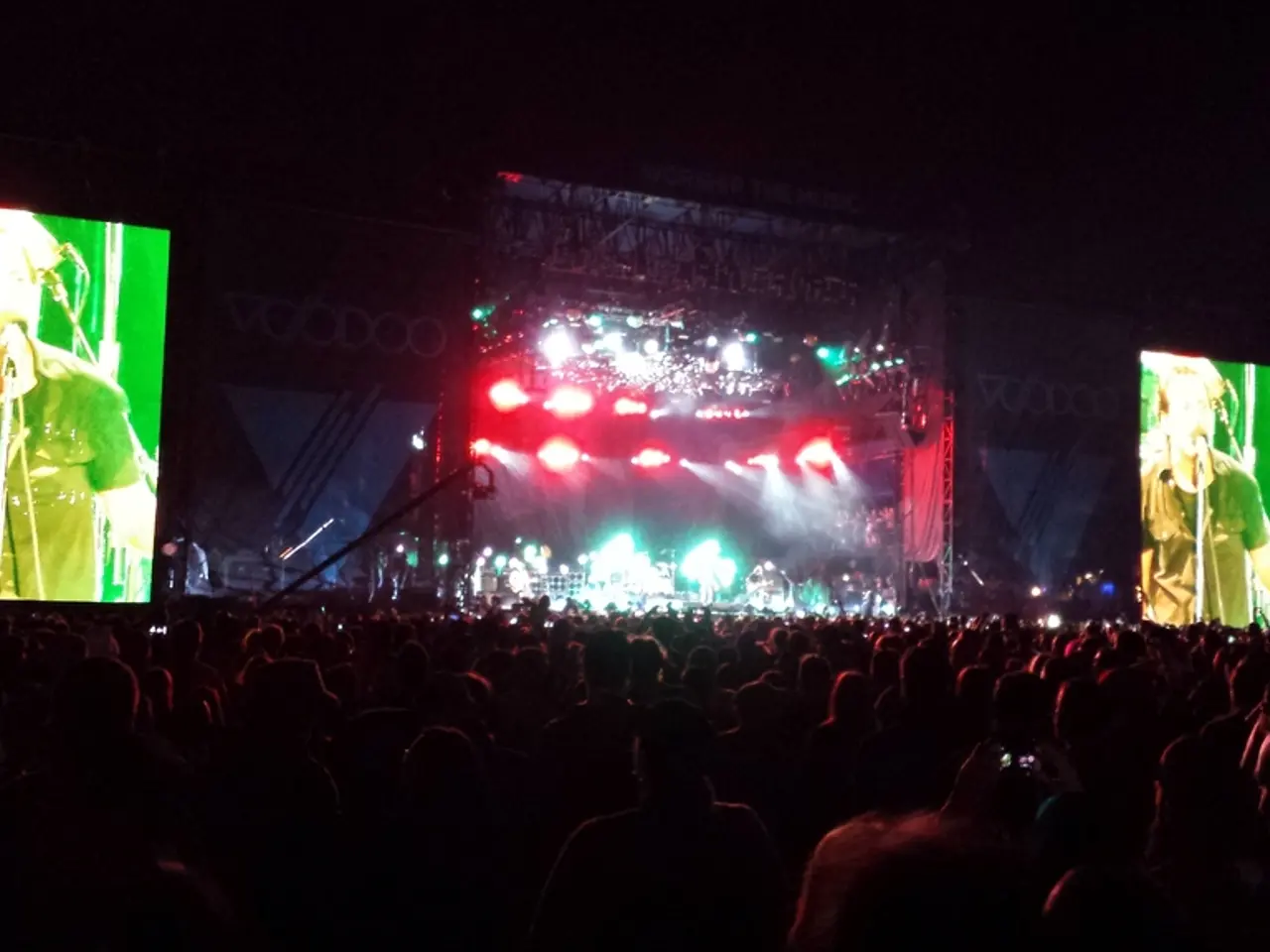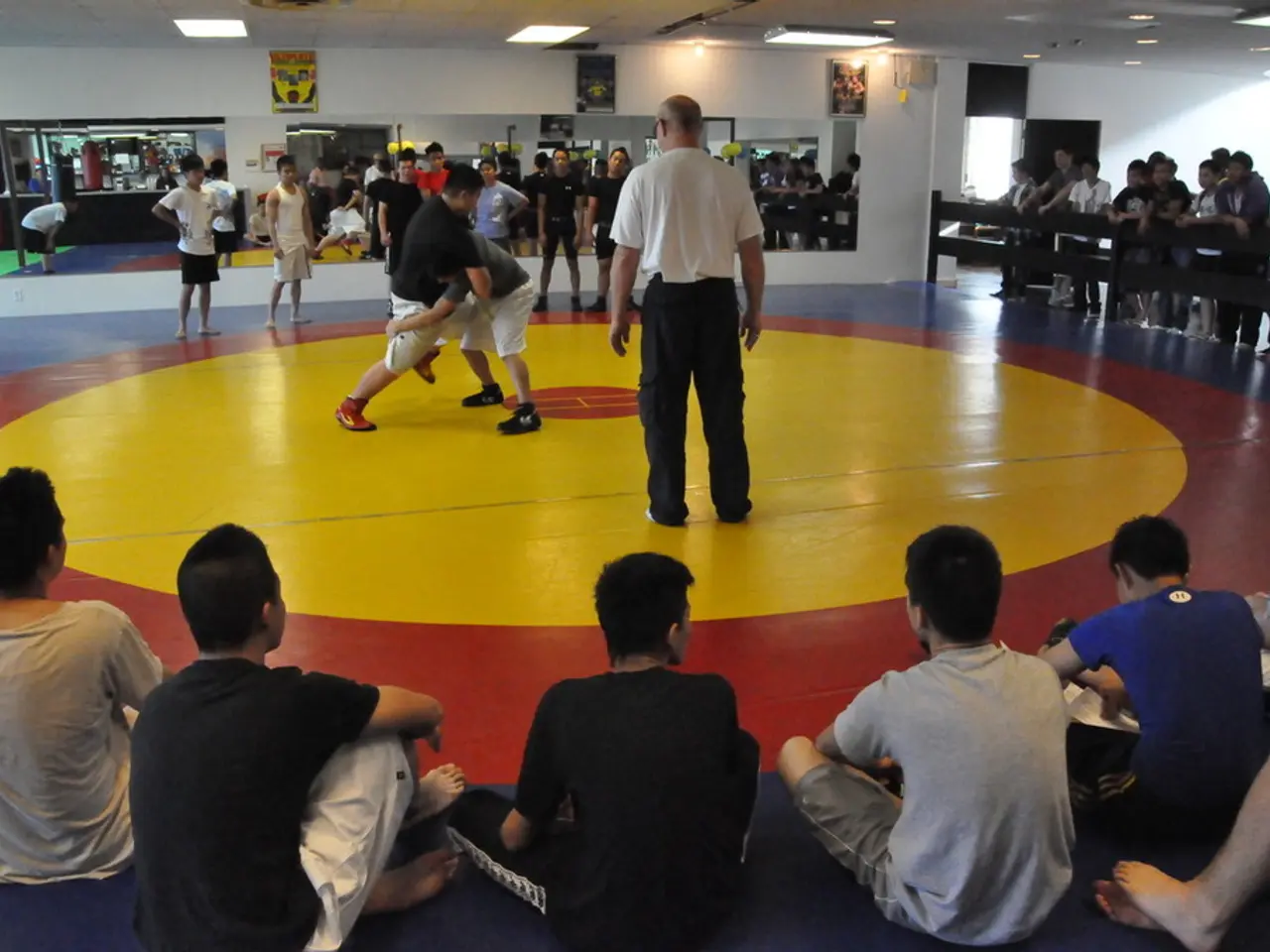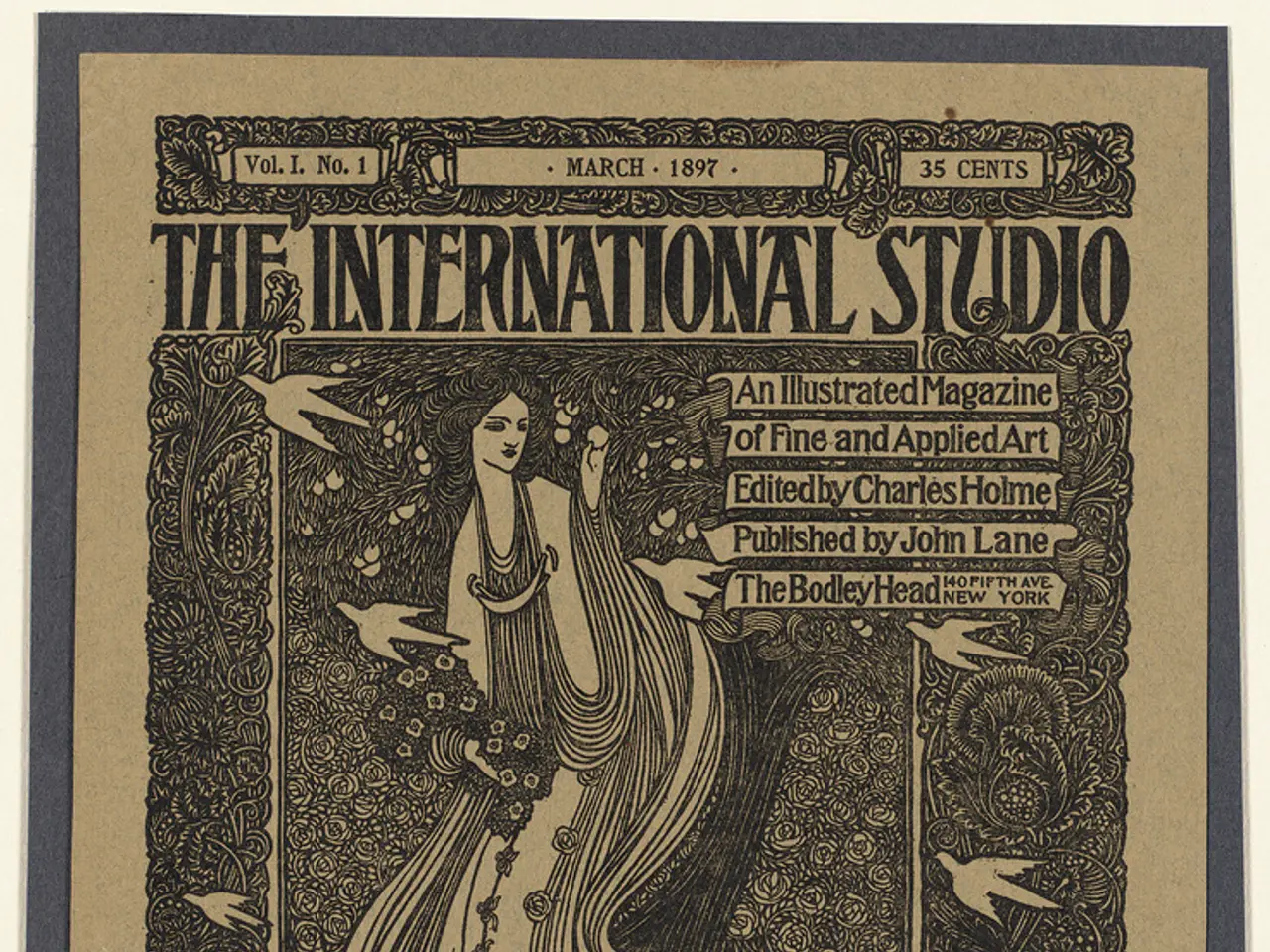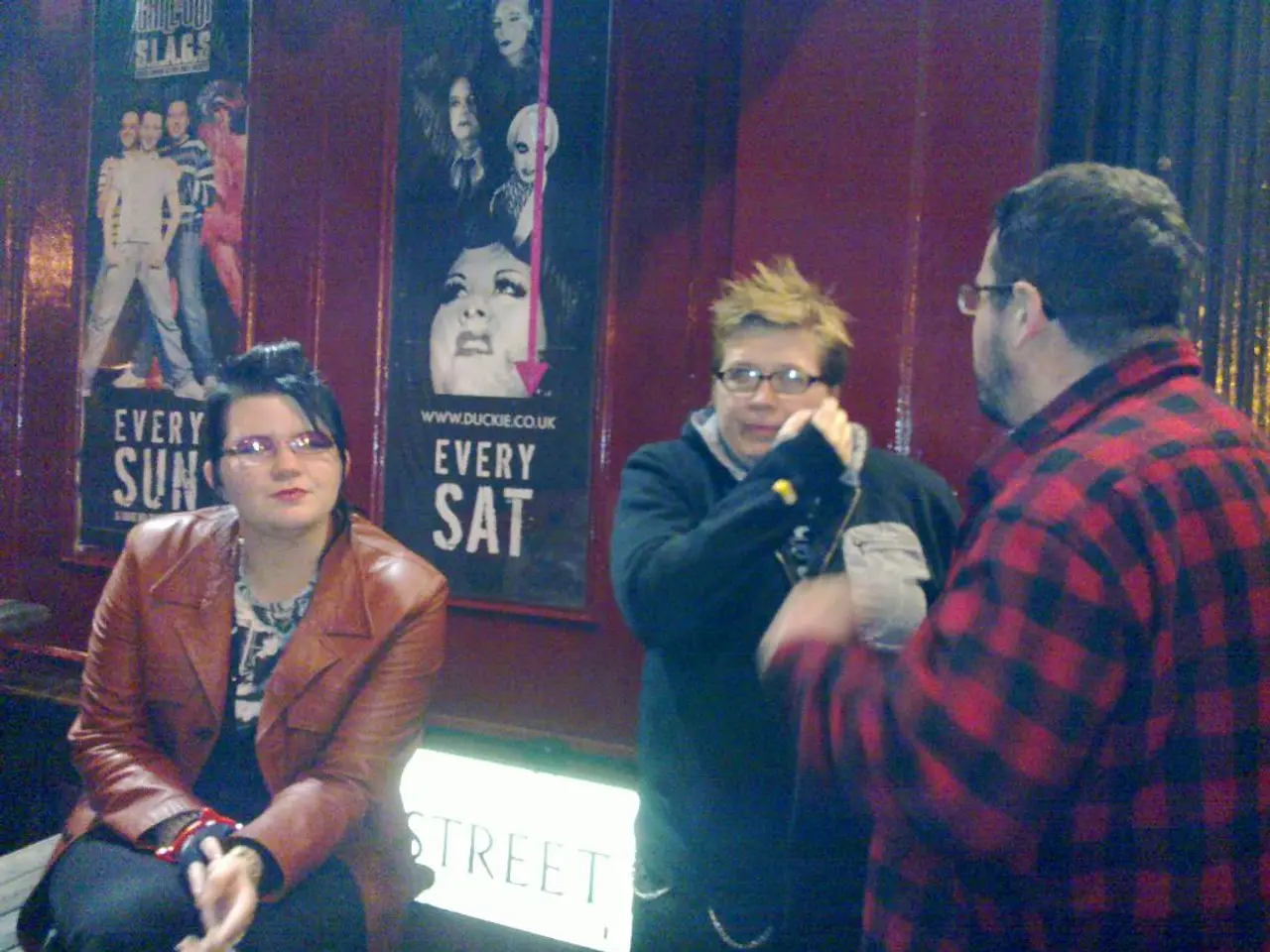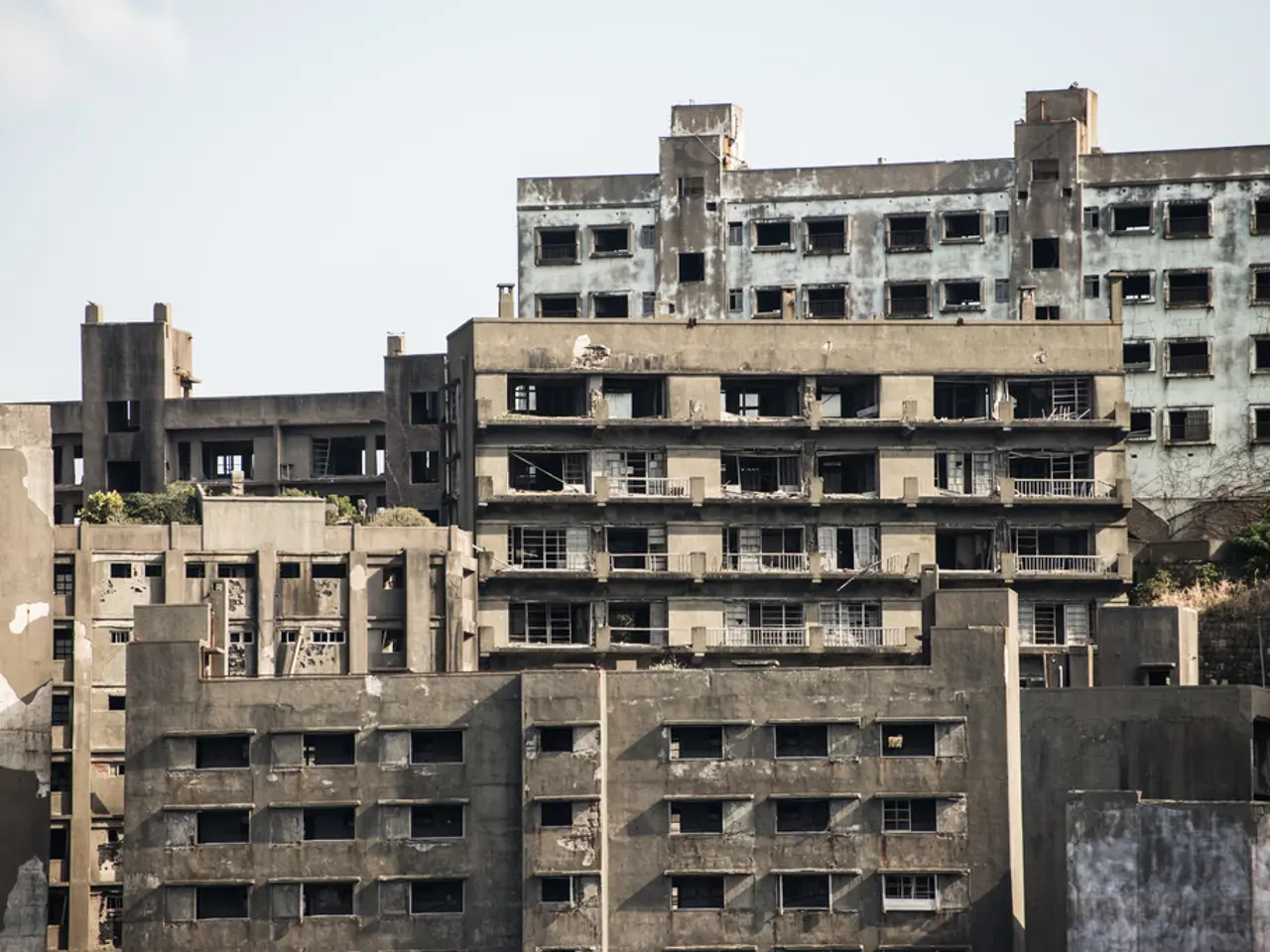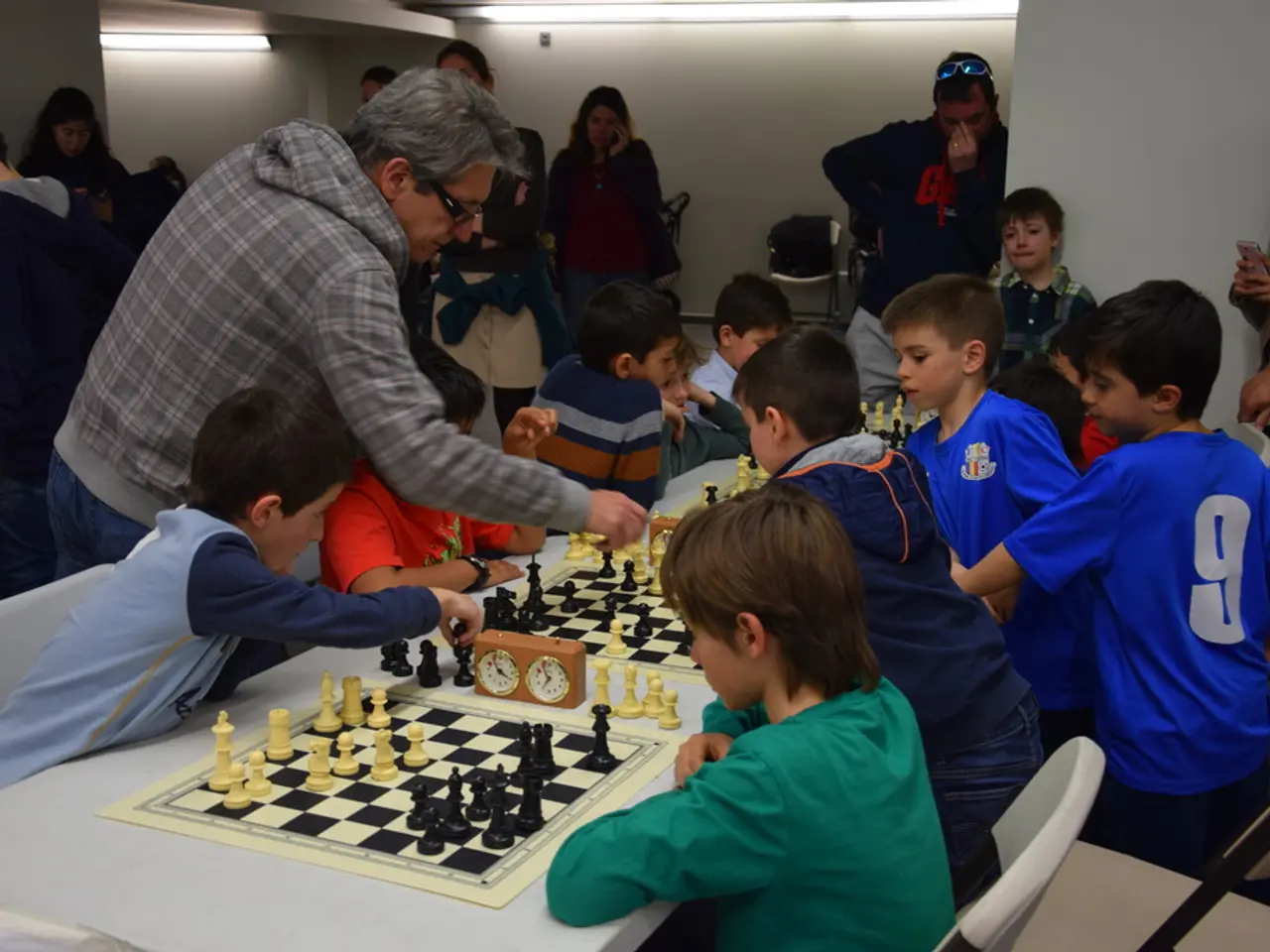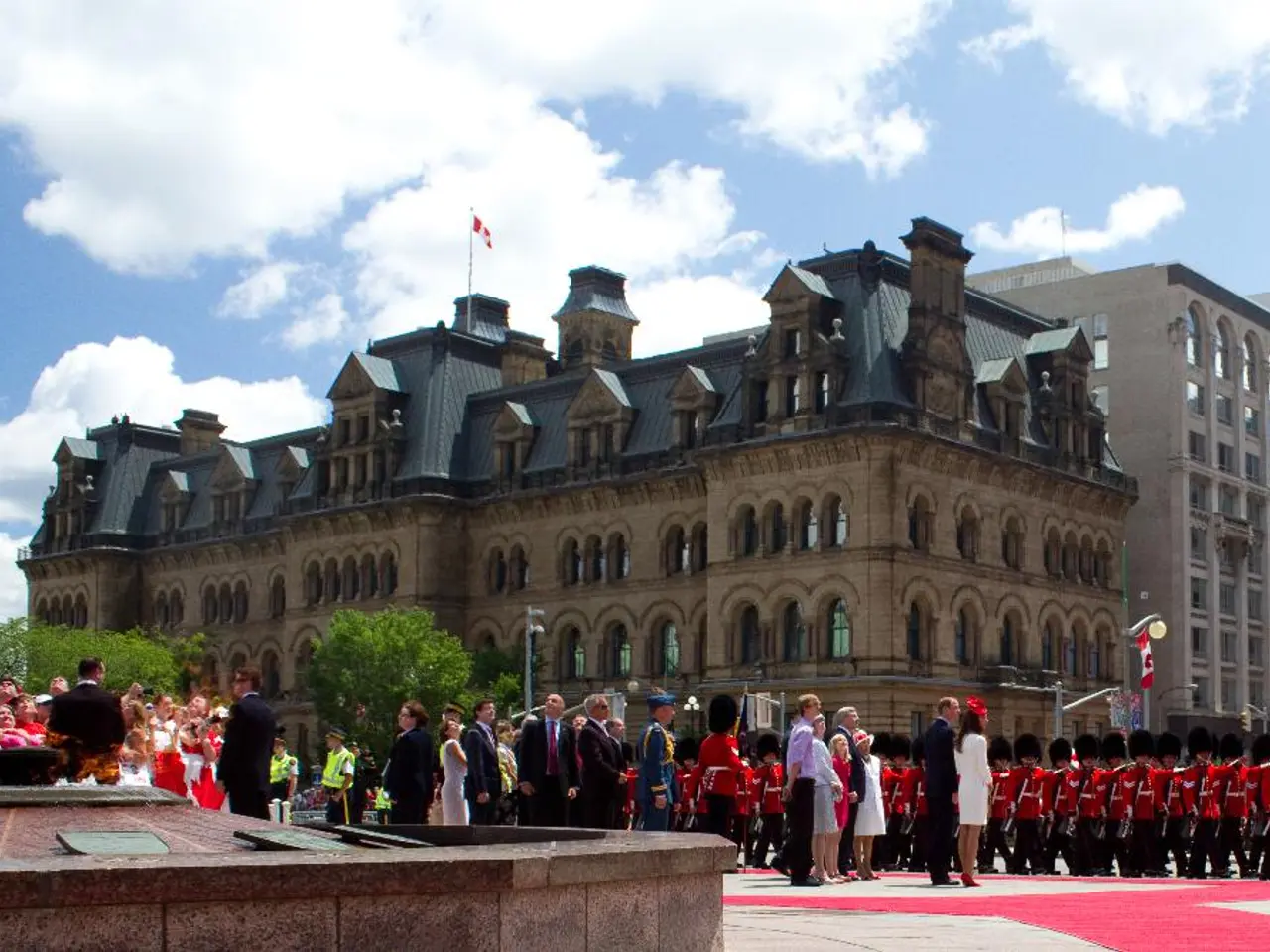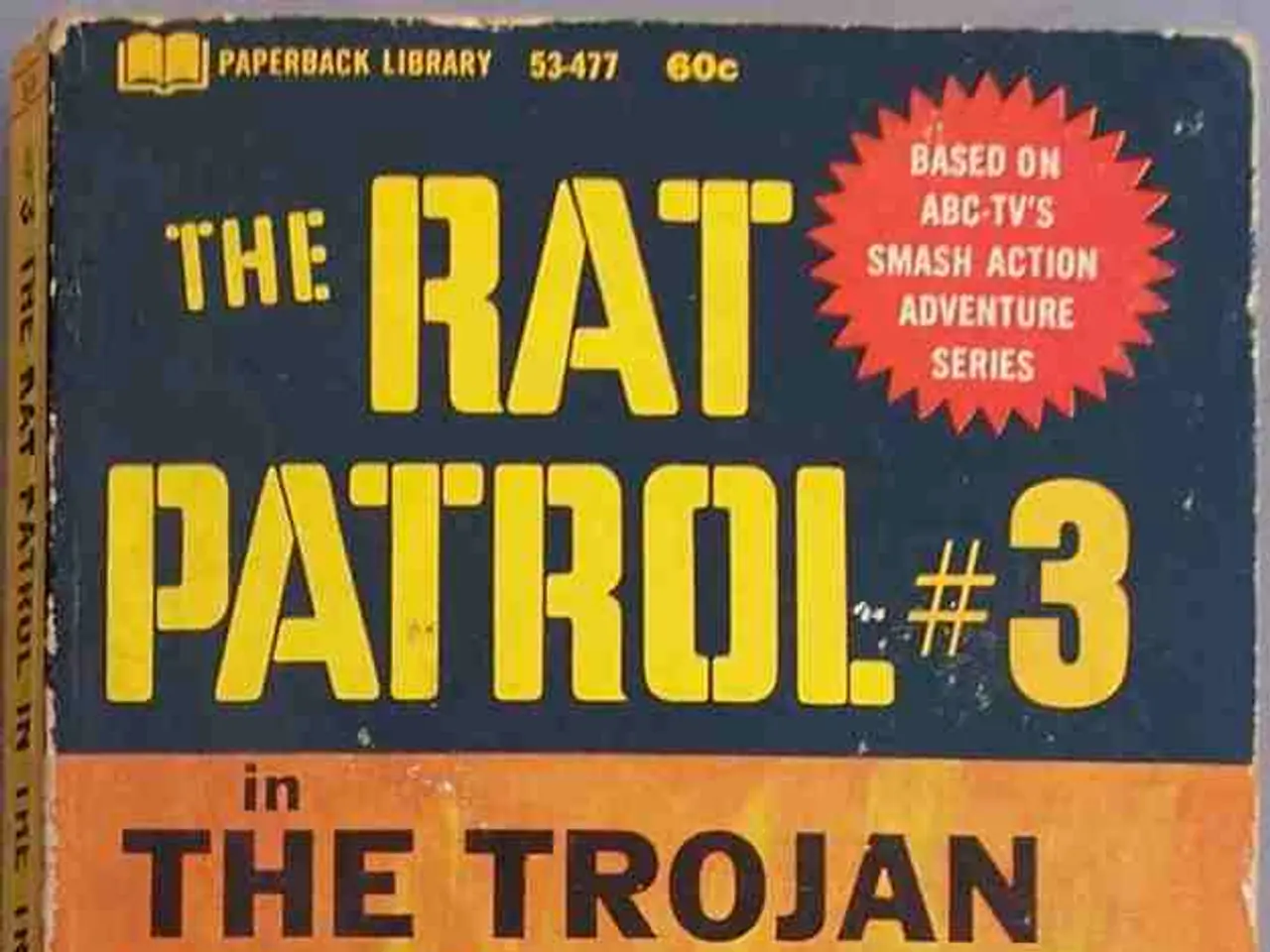Revamped Dhadak 2 critique: Bollywood romance softens the traumatic caste-based atrocities in reality
=============================================================================
In the realm of Indian cinema, films that delve into the complexities of caste discrimination are becoming increasingly prevalent. One such recent addition is "Dhadak 2", a romantic drama produced by Karan Johar that attempts to address caste-based prejudice.
"Dhadak 2" presents caste conflict as a deeply entrenched social issue, not just limited to rural areas but also prevalent in urban India. The story revolves around the love between two young individuals from different castes and the violent resistance they face from an upper-caste family. The film emphasizes modern caste discrimination through personal and social struggles, including hiring a contract killer to eliminate the lower-caste lover, and highlights the irony of caste bias existing within legal and educational institutions where justice is supposed to prevail.
Despite being a brave attempt with strong performances, critics note that "Dhadak 2" pulls back from delivering sharp, unapologetic commentary on the caste system, limiting its impact. It softens the original story's powerful anti-caste message, reducing casteism to more of an individual failing than a systemic issue.
Comparatively, films like "Sujata" (1959), "Love Sex Aur Dhokha" (2010), and "Article 15" (2019) have a more confrontational or radical approach to caste prejudice. "Sujata" handles caste as a deep-rooted social taboo but from a more idealistic and reformist perspective. "Love Sex Aur Dhokha" explores caste marginalization indirectly through interconnected urban stories addressing various social issues, portraying harsh realities including violence and systemic discrimination in contemporary settings. "Article 15" deals explicitly and unflinchingly with caste-based atrocities in rural India, exposing systemic oppression, caste violence, and institutional apathy.
"Dhadak 2" focuses on caste discrimination through a romantic lens set in both urban and educational spaces. While it tries to raise necessary questions, it retains a softer, less systemic critique than "Article 15" and lacks the symbolic strength of films like "Sujata" or the stark realism of "Love Sex Aur Dhokha." It is noted for its emotional performances and hopeful ending advocating cooperation but is seen as less confrontational or radical in its critique of caste prejudice.
"Dhadak 2" stars Siddhant Chaturvedi as Neelesh, a lower-caste man who dreams of becoming a lawyer, and Triptii Dimri as Vidhi, a Brahmin woman who falls in love with Neelesh. The film's cinematography, by Sylvester Fonseca, features multiple sun-kissed shots.
However, the film has been criticized for sanitizing the grim reality of institutional horrors in favour of a schmaltzy melodrama. Institutional oppression forms the crux of "Dhadak 2", yet the film's style undermines its story and the systemic oppression of people of lower castes.
As we reflect on "Dhadak 2", it's important to remember that India and the world continue to witness the horrors of honor killings and violence borne out of caste-based discrimination. Incidents such as the brutal assault and murder of a 19-year-old woman in Uttar Pradesh in 2022 and the beating to death of a nine-year-old named Indra Meghwal in Rajasthan for touching a pot of water used by the upper caste serve as grim reminders of the ongoing caste-based violence in India.
Article 15 of the Indian Constitution prohibits discrimination against any citizen on grounds of religion, caste, sex, place of birth, or any of them. It is crucial that films like "Dhadak 2" continue to spark conversations about caste discrimination, but it is equally important for these conversations to be honest, unapologetic, and systemic in their approach.
In conclusion, while "Dhadak 2" is a competent film with strong performances, it falls short in delivering a truly impactful critique of caste prejudice. It is a reminder that the fight against caste-based discrimination is far from over, and films must continue to push boundaries and challenge the status quo to bring about meaningful change.
- There is a growing trend in the world of movies and television, especially in the Asian region, to tackle the issue of caste discrimination, with films like "Dhadak 2" from India focusing on the subject.
- The violence and horrors of caste-based discrimination are not merely confined to the news headlines or remote regions of Asia; incidents continue to devastate families in countries like India.
- As entertainment evolves and mirrors society, it's essential that films delve deeper into the complexities of caste prejudice, providing not only emotional performances but also unapologetic and systemic commentary.
